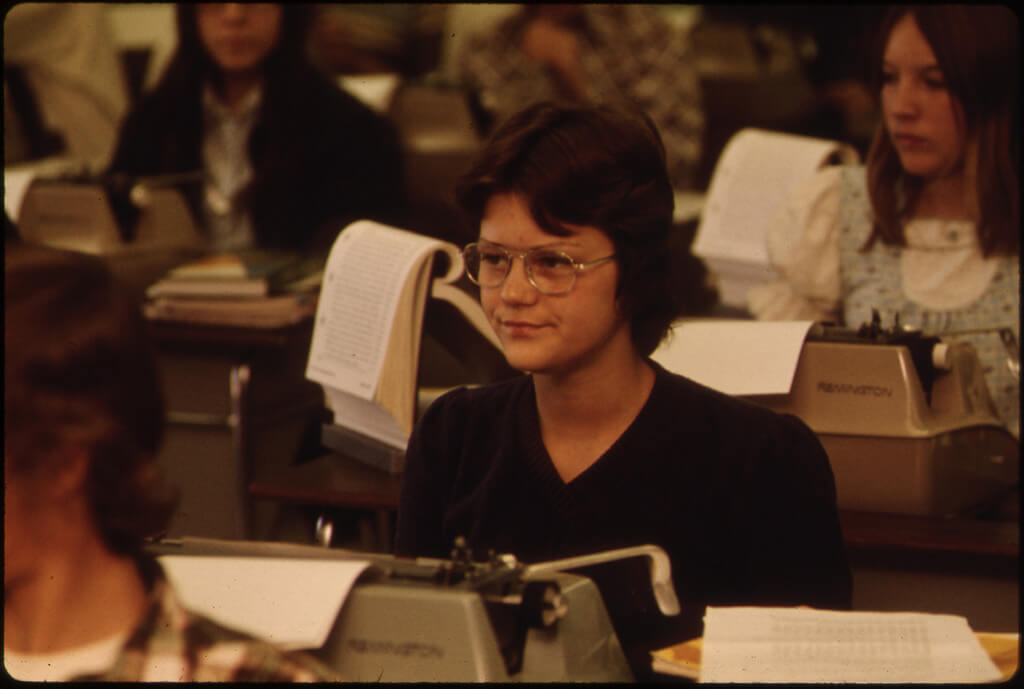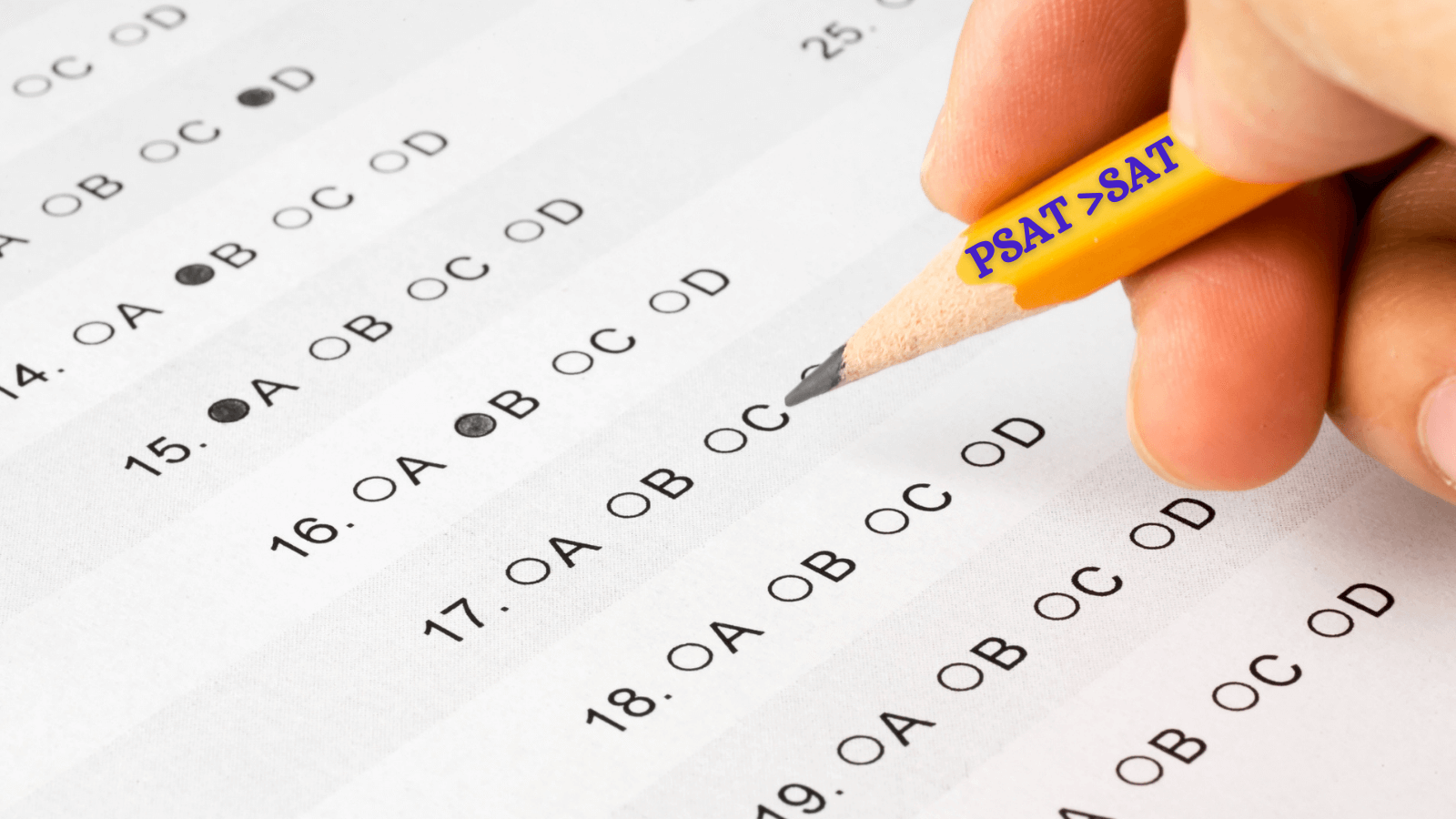Student-centric advice and objective recommendations
Higher education has never been more confusing or expensive. Our goal is to help you navigate the very big decisions related to higher ed with objective information and expert advice. Each piece of content on the site is original, based on extensive research, and reviewed by multiple editors, including a subject matter expert. This ensures that all of our content is up-to-date, useful, accurate, and thorough.
Our reviews and recommendations are based on extensive research, testing, and feedback. We may receive commission from links on our website, but that doesn’t affect our editors’ opinions. Our marketing partners don’t review, approve or endorse our editorial content. It’s accurate to the best of our knowledge when posted. You can find a complete list of our partners here.
Transferring from Community College to the Ivy League
 By
Savannah Dawson
By
Savannah Dawson 
Prior to coming to Scholarships360 for her first internship in 2022, Savannah utilized her campus publications by joining various fashion publications that are offered at Ohio University. One of those publications is Thread Magazine, where Savannah has had the opportunity to work on articles related to world-wide related fashion news and events, as well as articles closer to home, such as a fashion piece on Athens hometown-hero Joe Burrow. This year, Savannah also had the opportunity to be a content writing intern for Aiken House, as well as a section editor for Southeast Ohio Magazine. In 2023, Savannah served as the Chapter President of her sorority, Alpha Gamma Delta. These collective experiences, as well as her experience currently working for Ohio University’s Undergraduate Admissions, has led her to Scholarships360 and aided in her passion for helping students better understand the college admissions process and financial aid. In her free time, Savannah enjoys horseback riding, watching Formula One races, traveling, and spending time with her friends and family. Savannah will graduate from Ohio University in May 2024 with a degree in Journalism News and Information and a certificate in Italian Studies.
Full BioLearn about our editorial policies

Maria Geiger is Director of Content at Scholarships360. She is a former online educational technology instructor and adjunct writing instructor. In addition to education reform, Maria’s interests include viewpoint diversity, blended/flipped learning, digital communication, and integrating media/web tools into the curriculum to better facilitate student engagement. Maria earned both a B.A. and an M.A. in English Literature from Monmouth University, an M. Ed. in Education from Monmouth University, and a Virtual Online Teaching Certificate (VOLT) from the University of Pennsylvania.
Full BioLearn about our editorial policies

While transferring from a community college to an Ivy League institution is not that common, it will most likely grow in popularity as more Ivy League schools are starting to accept transfer students. Let’s dive into why some students want to transfer from community college to Ivy League schools, and how to make that a possibility if that is your goal!
Community colleges versus Ivy League schools
Before we dive into how to transfer from a community college to an Ivy League school, let’s take a quick look at what community colleges and Ivy League schools offer students.
Community colleges
A community college is a higher education institution that generally offers associates degrees. Community colleges offer students a starting point where they can begin college and take their general education requirement courses. There are many reasons to attend community college, including that students can save money by living at home. Community colleges also often partner with local high schools to offer dual enrollment courses so that students can go into college already having college credits under their belt. Oftentimes, those credits are key for allowing them to graduate early.
The Ivy League
The Ivy League is a group of eight prestigious, private universities named for their athletic conference. All eight of these institutions are all highly ranked for their academics, athletics, and accomplished alumni. Because of their stellar reputations, Ivy League colleges and universities have extremely low acceptance rates. Historically, Ivy League schools used to be exclusively for people who could pay the high price of attending. Today, however, financial aid for students with demonstrated need makes them an option for all students who qualify in every other way.
Why transfer from a community college to an Ivy League?
It is common for students to transfer from a community college into another higher education institution. Starting at a community college is a great way to save money on the same types of classes that you could take at any other university. Some may view starting at a community college as a disadvantage for those trying to transfer into an Ivy League. As we shall see, this is not always the case for the small percentage of students who successfully transfer.
Ivy League universities choose their students based on a holistic review of their application, essays, and interviews. They are not necessarily focusing solely on the high school or college you have attended, rather, they are looking at what you achieved during your time there. Academic merit, extracurricular involvement, volunteer work, and your course history all play a part. The admissions office wants to see who you are as a person and more than just who you are as a student.
How to transfer to an Ivy League school
Choose an Ivy (or two!)
The first step of transferring to an Ivy League is deciding which school you want to attend. If you have your eyes set on just one, that is great, but it could be beneficial in the long run to apply to multiple schools just in case you need to leverage for financial aid or things of that nature.
Reach out for advice
Reach out to admissions professionals, alumni, faculty or staff from your prospective school to get a better understanding of what they are looking for in a student. Learn from someone with first-hand knowledge about how you might increase your chances of admittance. Don’t be shy here!
Start the application process
For each application, you will need a variety of recommendation letters, a portfolio of work if you have one or need it, an up to date resume, a stellar admissions essay, and whatever else each individual school asks of you. The Ivy League utilizes a holistic approach when admitting new students, so you might go through some interviews after submitting your application. Then, the hard part– you wait to hear your admissions decision.
What if I get waitlisted or deferred from an Ivy League school?
If you get waitlisted or deferred, you are in the same boat as many, many people. Don’t worry and don’t doubt yourself! Remember, each school can only accept a certain number of students each year. There is always next year (or even next semester, sometimes) to reapply or to get moved off of the waitlist. Keep in touch with your contacts at each school, and remind them why you are a great choice. Don’t lose hope and keep working hard.
Closing thoughts for students
Ultimately, admittance into an Ivy League school is great, but try to remember that this is not the make-or-break of your life or career. There are many schools out there that have just as great of curriculum than many of the schools in the Ivy League. If you want an “Ivy” experience, make sure you research the Hidden Ivies, Little Ivies, and also, Public Ivies.
In between applying to schools, don’t forget to start looking for scholarships. Remember, no matter where you attend college, scholarship money is “free money” that never needs to be paid back. Access scholarships that fit your unique profile to better prepare for your financial future. Good luck with the rest of your college journey!
Frequently asked questions about transferring from community college to the Ivy League
How hard is it to transfer from community college to an Ivy?
Do I need SAT/ACT scores to transfer from a community college to an Ivy League school?
Which Ivy League school accepts the most transfer students?
Which Ivy League school accepts the fewest transfer students?




 SAT" printed on his pencil">
SAT" printed on his pencil">
